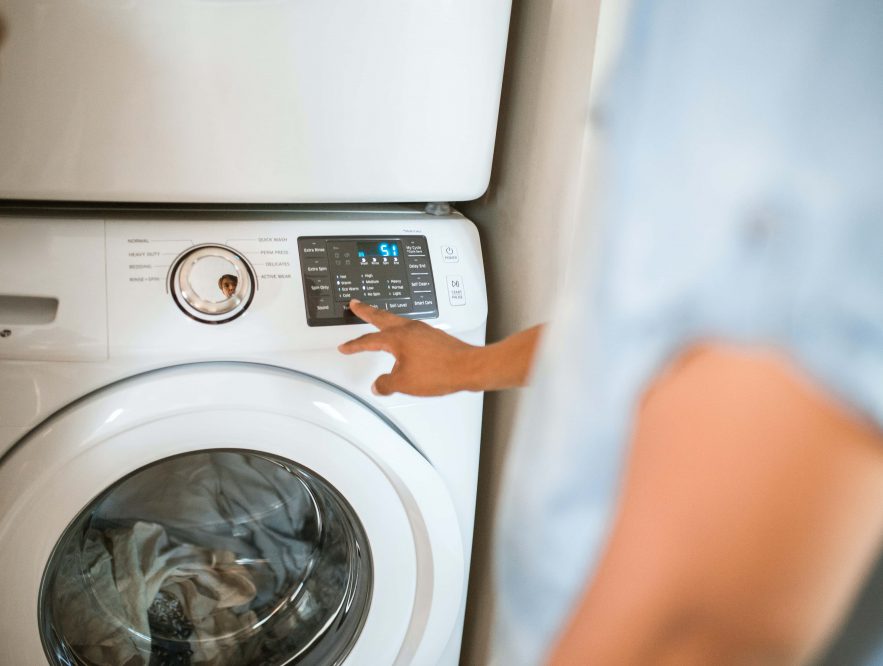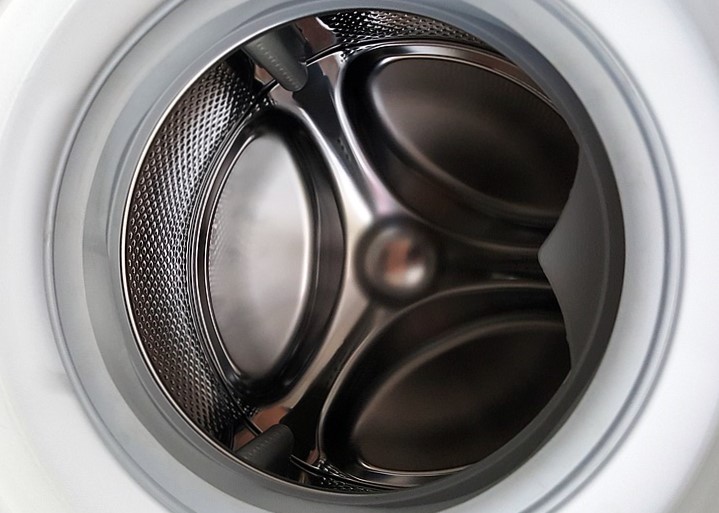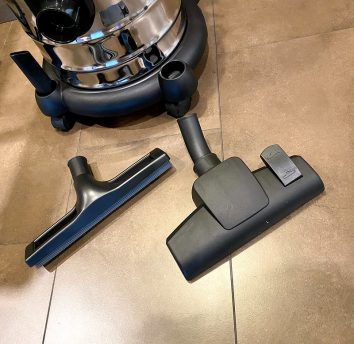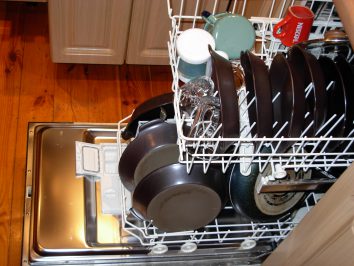
Washing machines are a necessity in our daily life nowadays. Imagine how hideous it will become without the washing machine even for a day. Talking about it also comes the maintenance and taking care of your favorite appliance. The drain system of the washer needs an ample amount of checks to keep it error-free. Here are 7 simple techniques on how you can maintain the life of the washing machine drain-
1. Clogged/Broken Drain Valve Set
There is a small drain valve setup beneath the washing machine drum. It is a combination of a Rubber packet, a spring, and a lever. A thin fiber strip joins the drain regulator on the console and this valve.
- The inner wall of the rubber packet may be covered with a layer of white substance which is the fluoride contents present mostly in hard water. It can cause the valve to get dysfunctional and stop the drain flow. Removal of that layer is necessary in order to keep the drain uniformly working. You can use regular sandpaper to clean the inner surface.
- Water leaks due to a punctured rubber packet. Also, excessive washing affects the size of the spring. It ends up blocking the main drain hose. All you have t
- o do is to replace the apparatus to avoid larger damage to the drain system. First unhook the fiber strip and pull the valve gently outside, then place the new valve at the same place and attach the strip again.
We have shortlisted the best valve sets and made your work easy-
2. Thick Salt Layer at Washing Machine Drain Valve Base
The washing machine drain system mainly depends on the drain valve. It’s likely that some salt layer may be left on the plastic setup which holds up the entire valve if your supply of water is hard in nature. It puts the valve to unrest and the water keeps going out. You have to keep it clean regularly by brushing it with regular sandpaper for the longevity of the drain valve.
3. Damaged/Broken Drain valve Connecting Strip
There is a long fiber strip (mostly white in color) that connects the control regulator with the drain valve. In a layman’s words, It is the bridge between the user and the washing machine drain mechanism. Also, Rodents or the friction between other parts of the washing machine can damage it easily. A partially rugged connecting strip may cause tension and cause further harm to both the valve and the control knob. This strip is easily available at any store online or offline. You can get it from there.
4. Dysfunctional Drain Pump (Fully Automatic Washing Machine)

The drain system of a fully automatic washing machine slightly varies from the conventional drain valve present in semi-automatic machines. An electric water pump is present beneath the main washing drum which creates extra suction for faster drainage. This pump functions similarly to a regular water pump having an impeller that produces centrifugal force to throw the water out.
- Cloth dirt clogs the drain hose of the water pump which chokes the water flow. As a result, it stops the flow of the drain. Ensure the drain hose is clear.
- The drain pump itself gets dysfunctional due to an uneven power supply or short circuit by water drops leaked around. If the pump is partially affected, then it slowers the drain flow of the washing machine. It’s better to replace the water pump motor as a faulty one can result in a severe burn.
- To maintain the drain pipe clog-free, It is important to manually drain the washer drum by pulling the manual lever near the drain valve seating. It widens the drain hose opening and allows the water to flow in large amounts. It washes away small dirt from the entire pipe.
Here are the most recommended washer drain pumps you can go for-
- OEM LG by Primeco 4681EA2001T Drain Pump
- Ge WH23X24178 Washer Drain Pump Assembly
- 4681EA2001T Washer Drain Pump Motor
5. Loosened Control Knob/User Regulator of the Washer
It is common for the drain regulator to turn away its grip present on the user console with increased use. A plastic hook is present beneath the drain knob which stops it from rotating fully. A broken or damaged hook would be unable to hold the regulator on the drain function. If the drain knob gets loose, replace it with a new one.
6. Clogged Washer Drum

Irrespective of the washer you are using, be it a dual drum washer or a single drum machine, The drain system functions the same way. The tiny holes present at the bottom of the washing drum pull the used water and send it to the drain valve. To keep the drain system long-lasting, The disc containing the holes should be cleaned thoroughly. It can be removed easily by unscrewing it up through the main screw present at the center.
7. Damaged/Outfilled Coin Bag in Washing Machine
A majority of households usually ignore coin bags considering them useless for the main washer. Ironically, it is one of the most important assets of the drain system of all washers (semi-automatic and fully automatic). These bags are small casings or net bags either hanging on the wall of the washer drum or present in the bottom corner of the front side of the washing machine. These coin bags collect large entities which are a potential threat to the drainpipe or drain valve. Therefore, keep a check on the broken or torn coin bags and keep replacing them regularly.
Loading recommendations...





Drain it with a hose: This method is easier than bailing it out with a bucket because you’re utilizing a drain hose and letting gravity Drift Boss do the work. A bucket, a screwdriver, needle-nose pliers, and a clamp are required to drain your washer using the washing machine drain pipe.
Water drain issue if it is fully automatic then it can be sensor as the blockage cannot hold all the water. I work as a technician in a washing machine service center in Chennai and i guess that it is most likely the sensor.